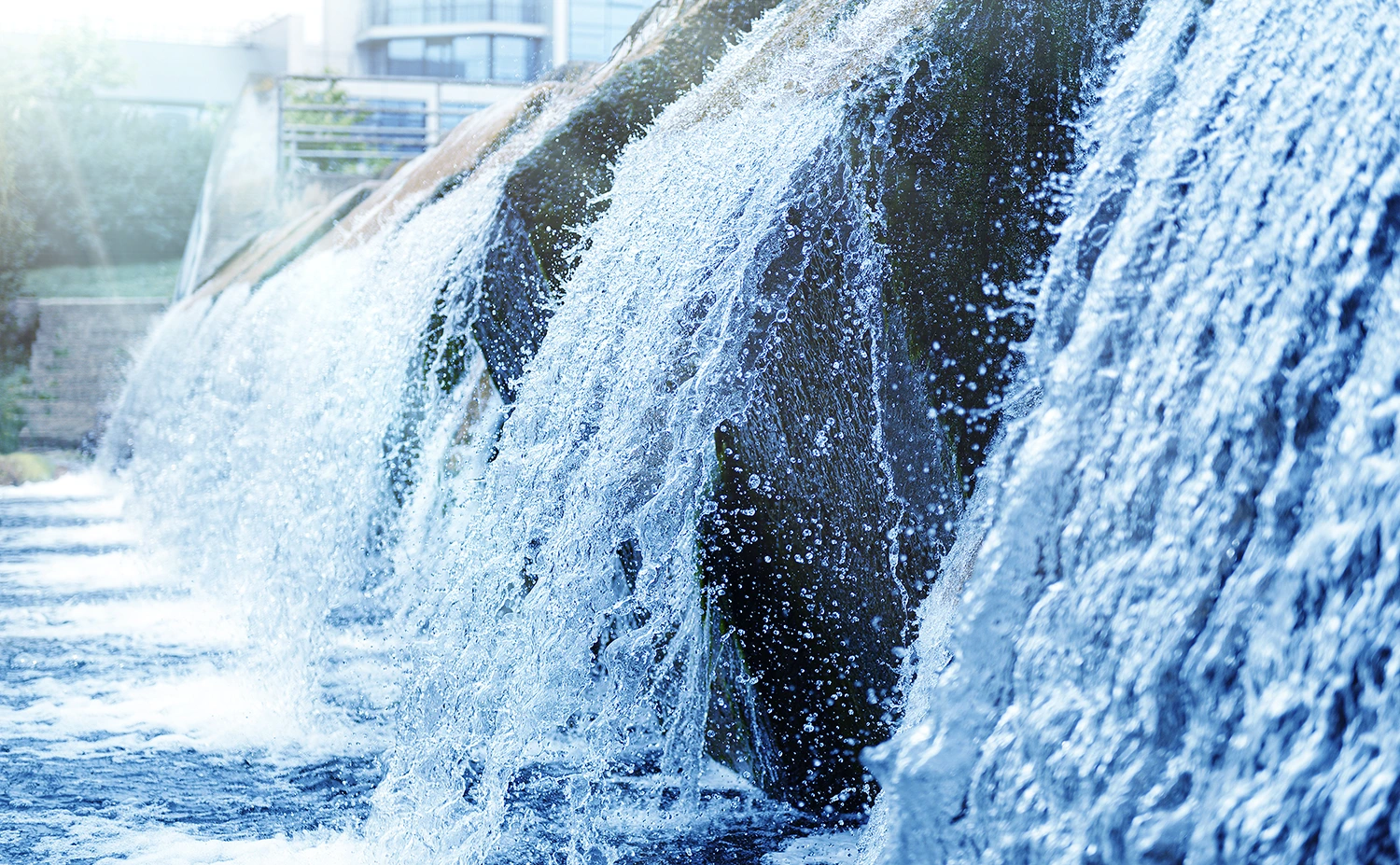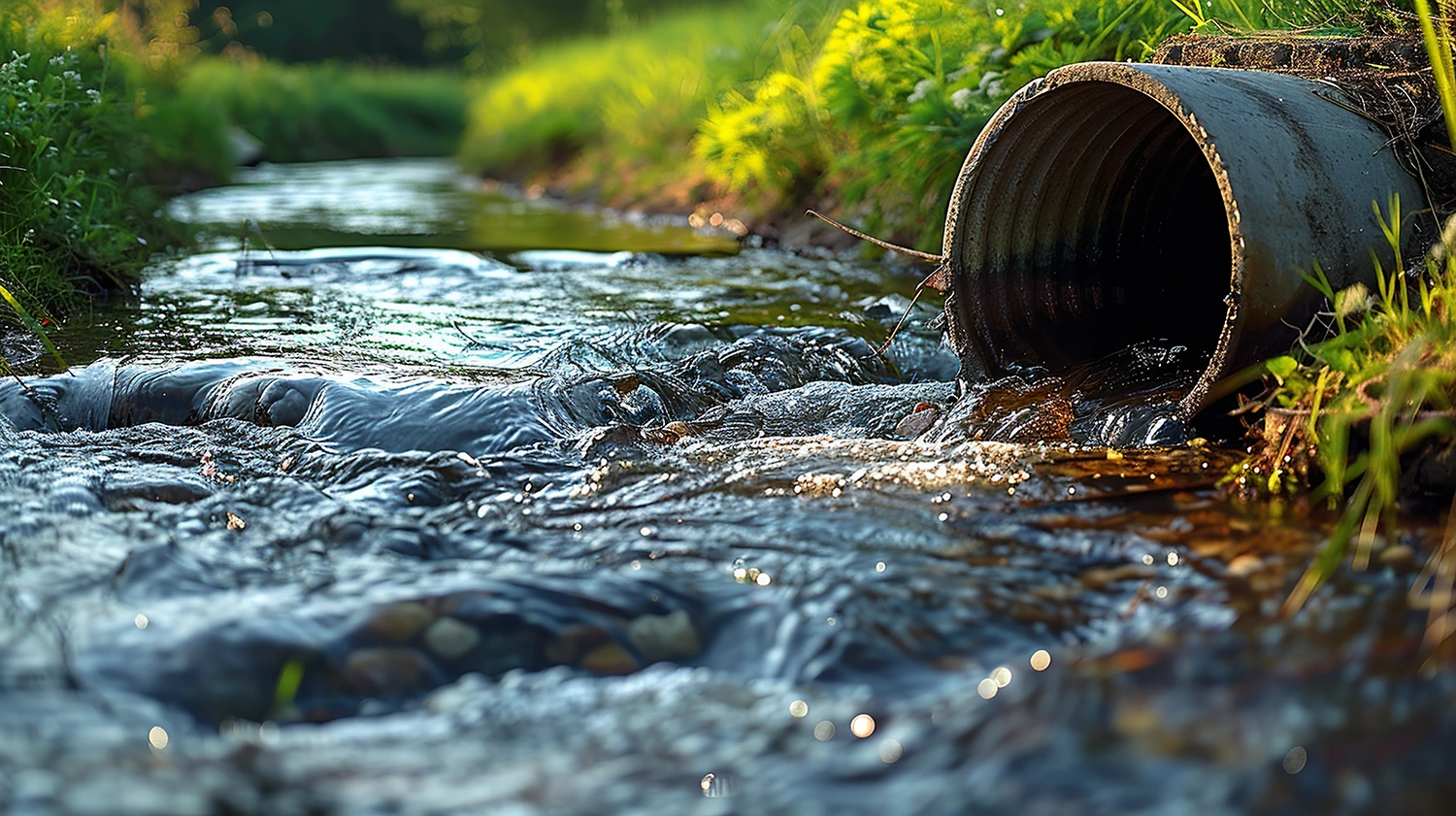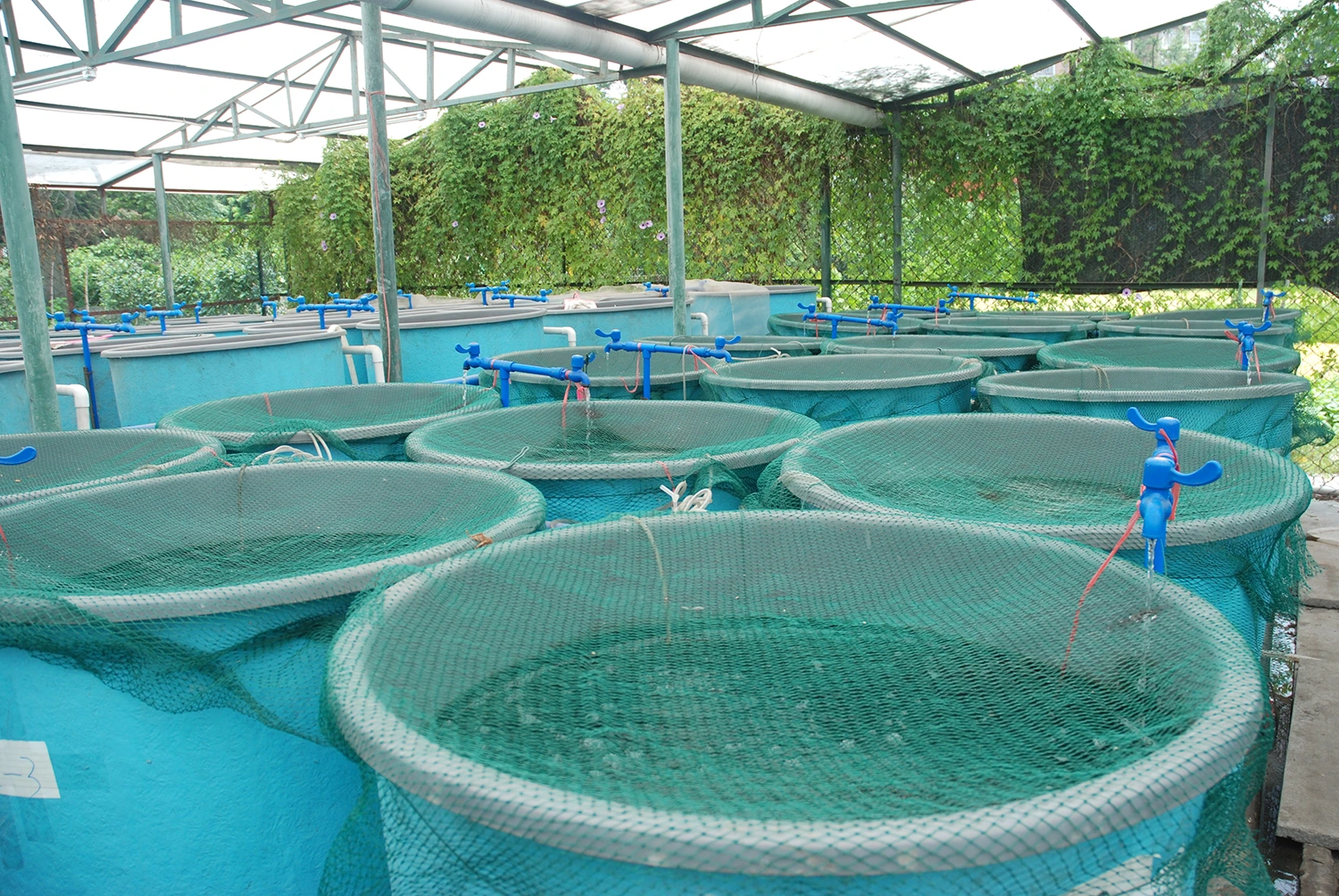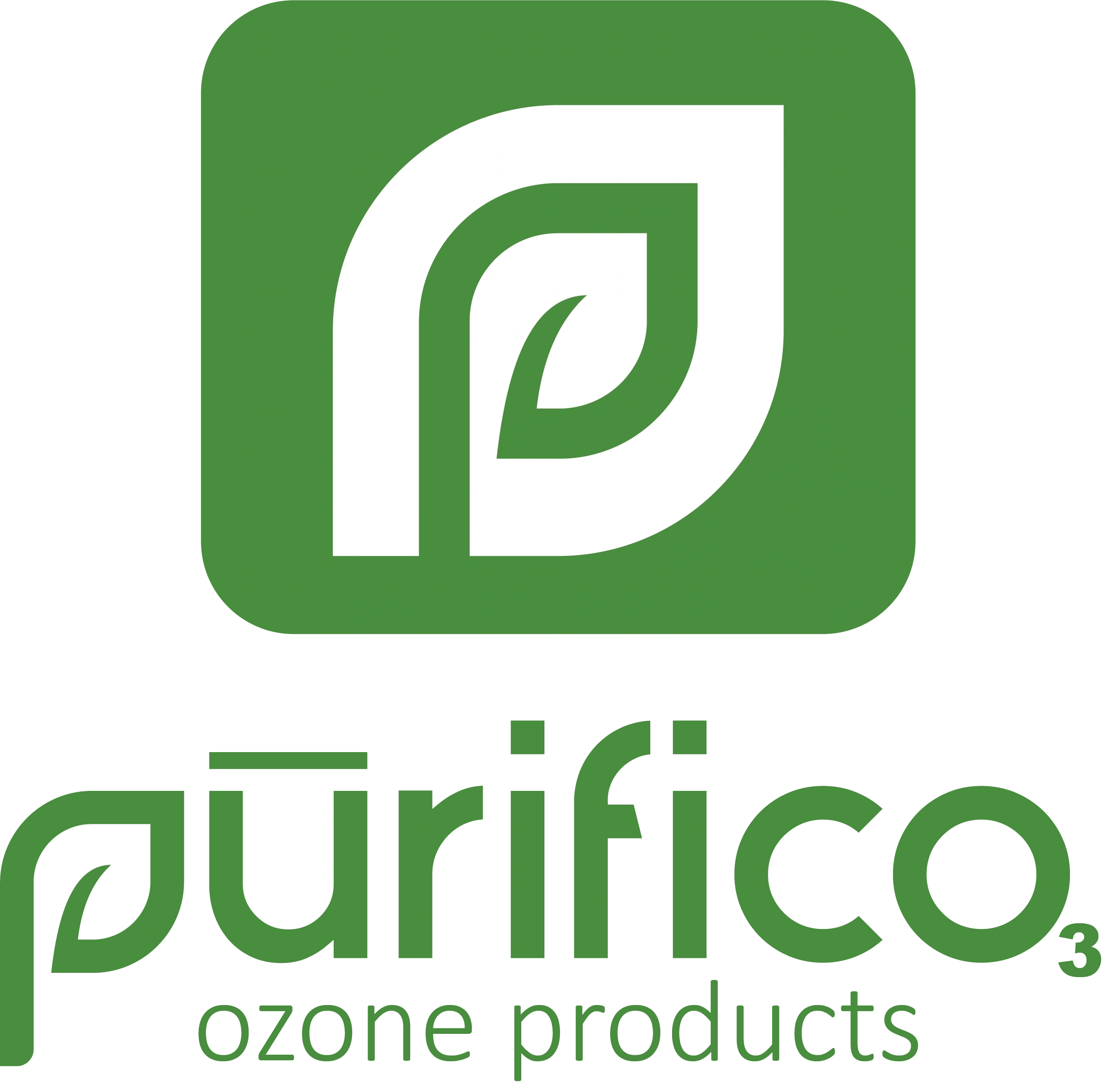Why Choose Ozone Water Treatment?
Ozone, a powerful oxidizing agent, offers numerous benefits for water treatment in aquaculture, making it an indispensable tool for modern fish farming. Here’s why ozone stands out:
Home » Aquaculture
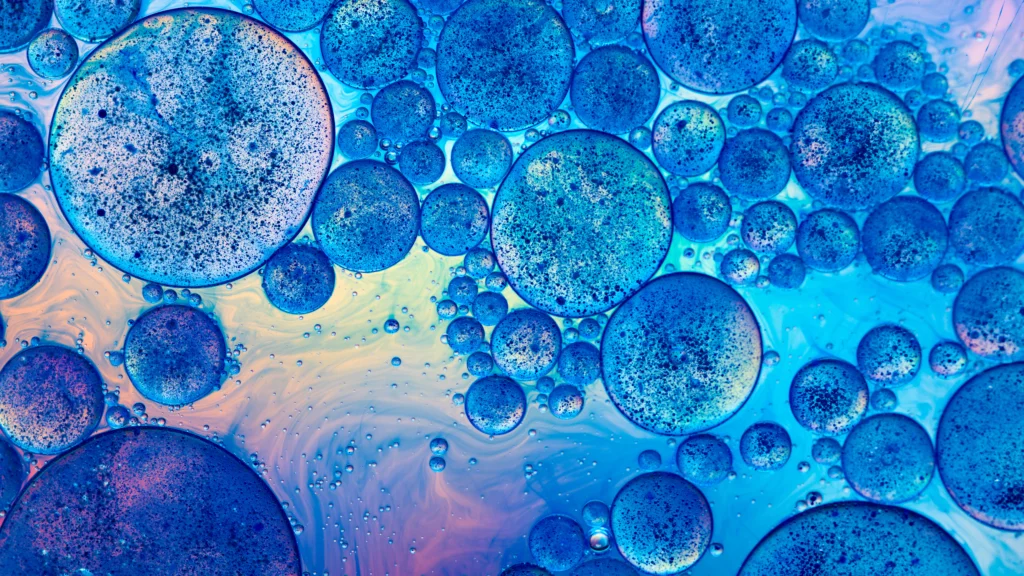
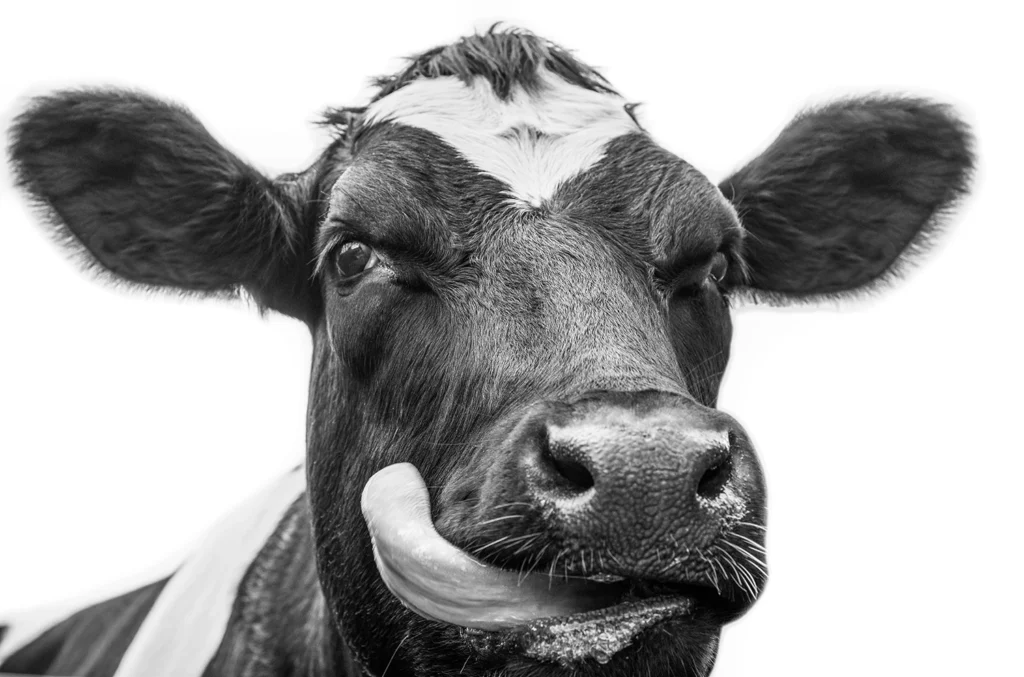
Ozone oxidizes harmful ammonia, nitrites, and other contaminants, reducing their levels and mitigating the risk of toxic build-up.
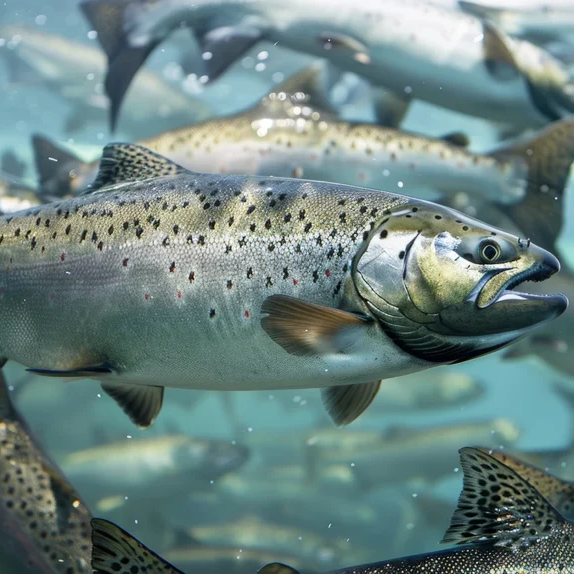
By breaking down organic matter and other pollutants, ozone helps maintain crystal-clear water, improving the overall appearance and quality of your aquaculture systems.
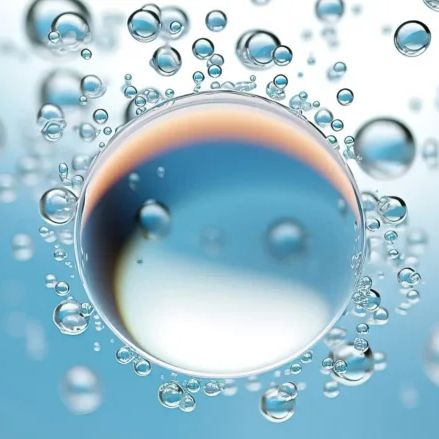
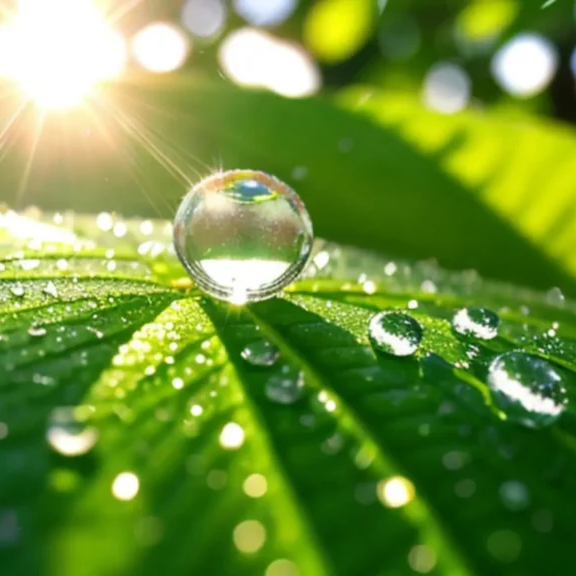
Ozone can improve the health and growth rates of fish by ensuring cleaner water and reducing pathogen loads. It helps in maintaining optimal water quality, which is crucial for the efficient and sustainable production of fish.
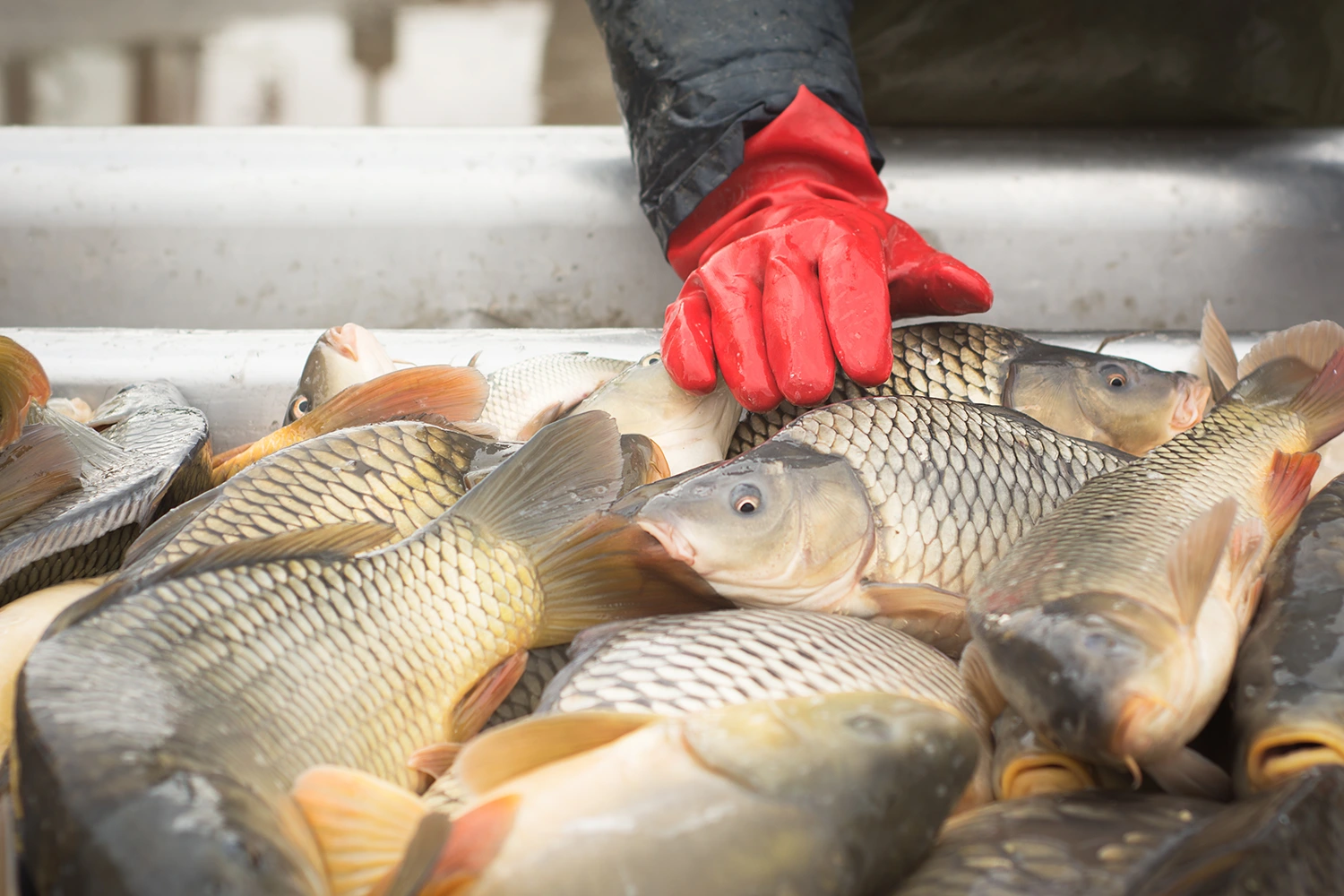
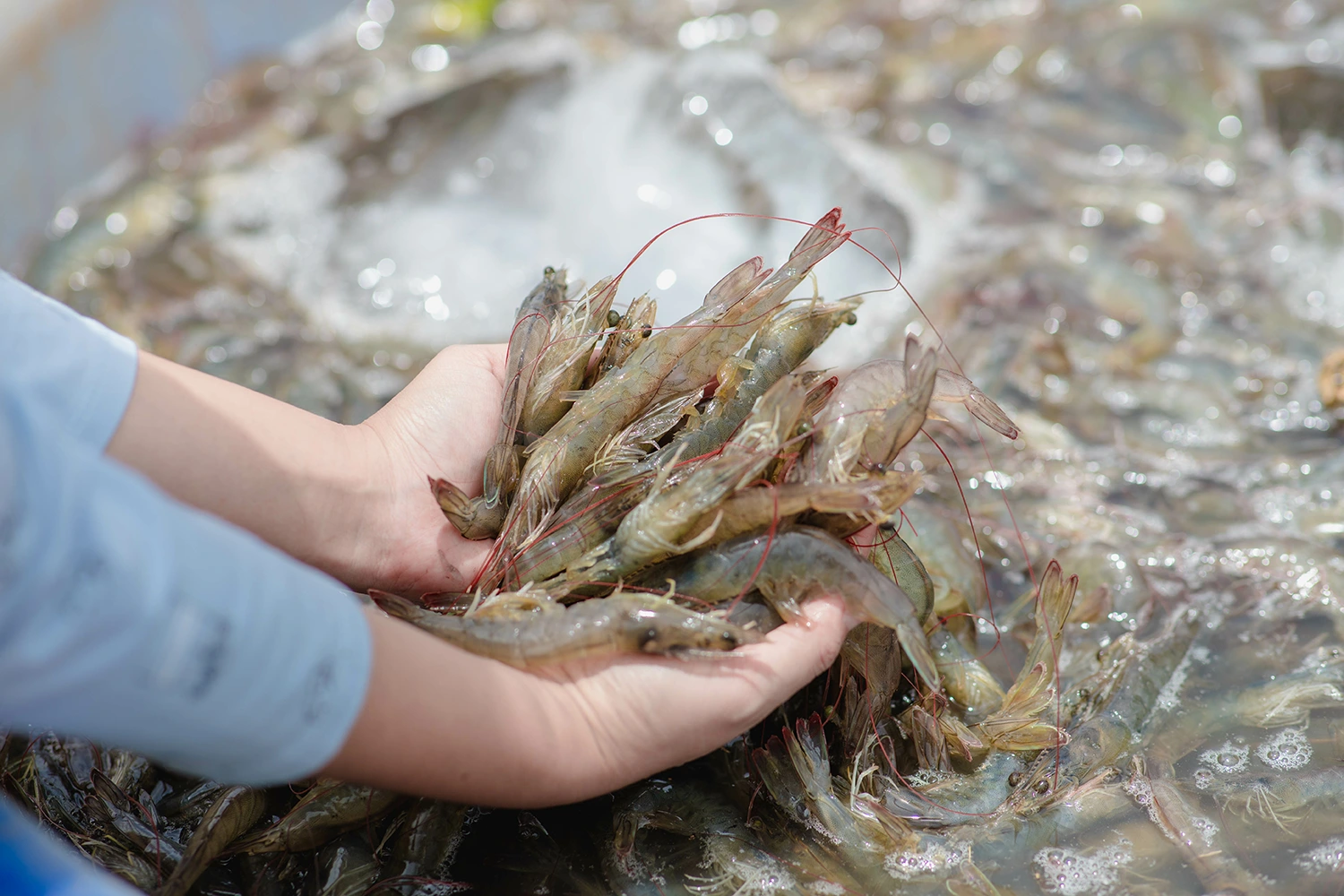
Ozone treatment helps in reducing harmful bacteria and viruses, ensuring safer and healthier shellfish. Filter feeders such as oysters and clams can accumulate contaminants from the water and are susceptible to water quality issues. Even with shellfish such as shrimp, ozone treatment results in healthier livestock and a more marketable product by lowering the overall bacterial load in their environment.
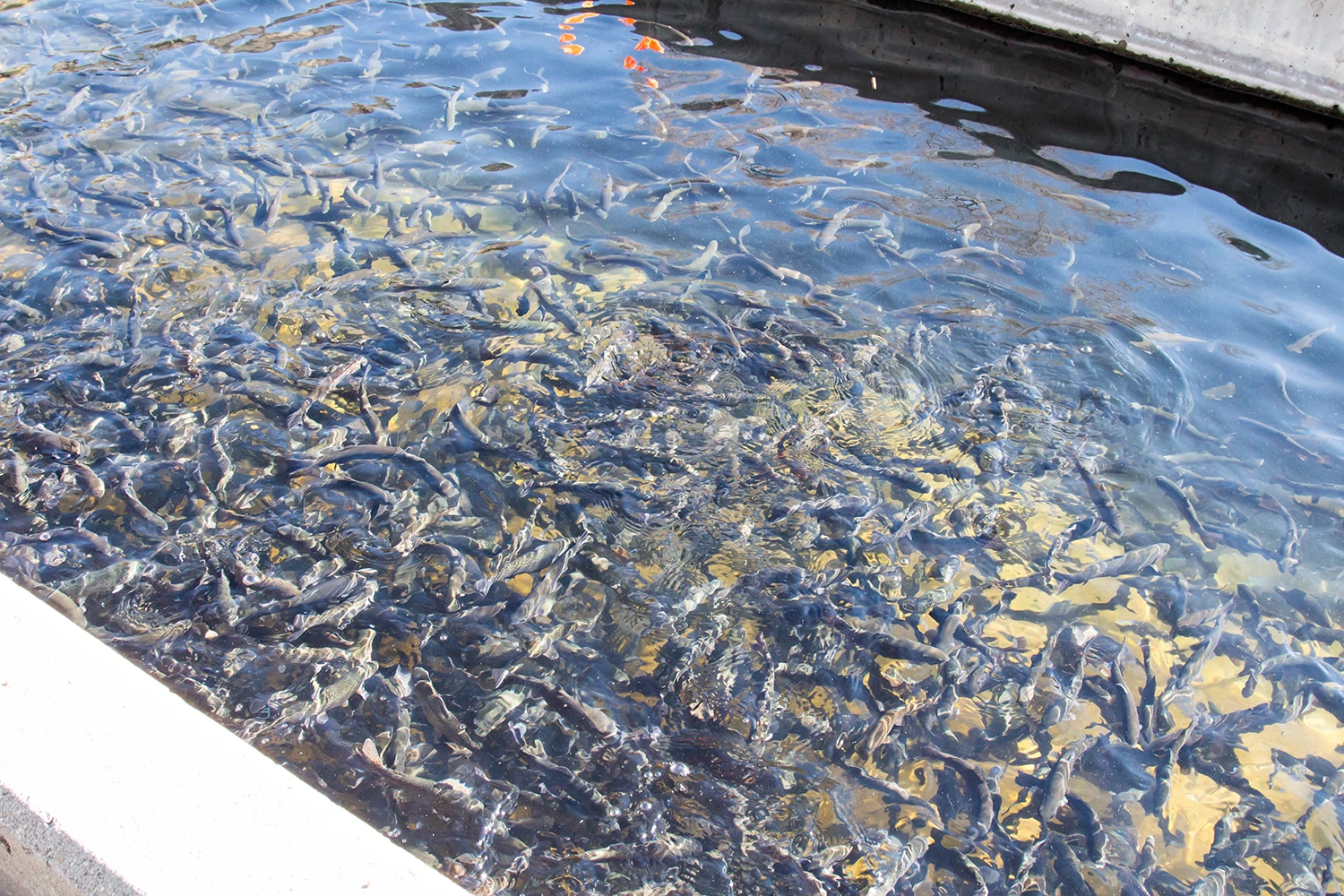
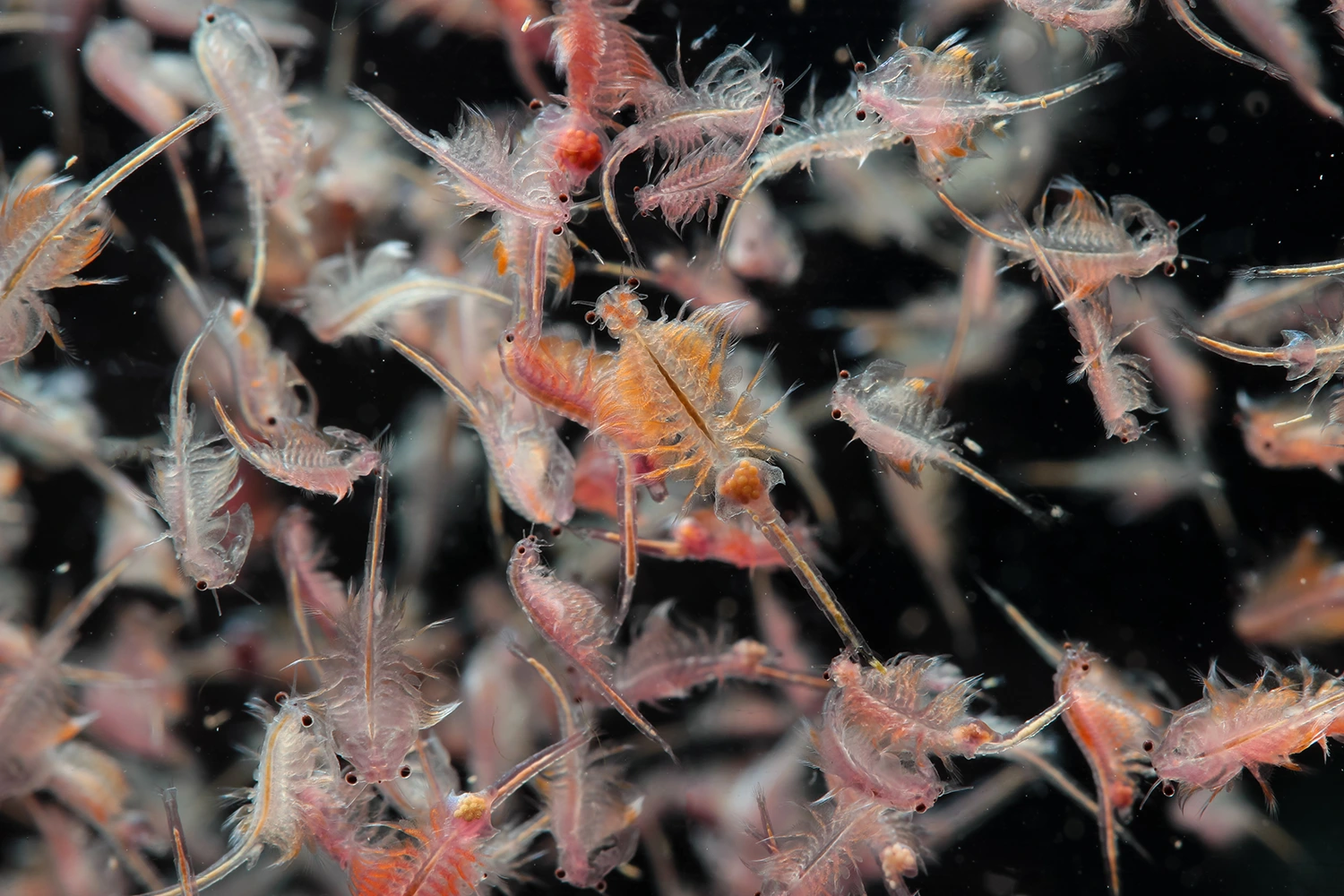
Live feed is widely used in hatcheries, but can harbor bacteria or other pathogens that harms growth and survival of livestock. Ozone can be used to sanitize the surfaces of live feed, eliminating microbes and reducing the risk of disease. Good feed quality improves the growth and survival of farmed livestock.
